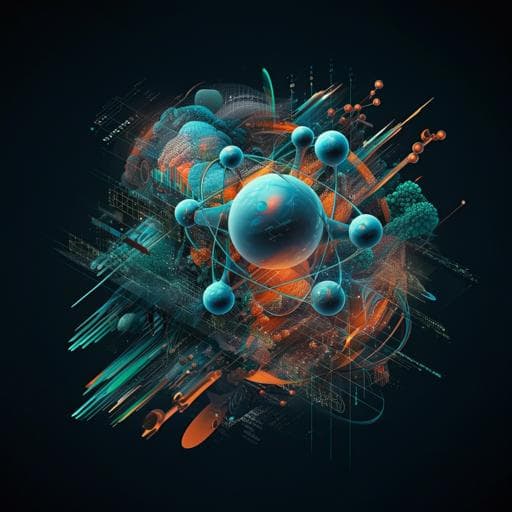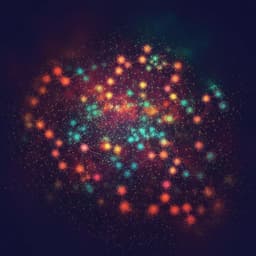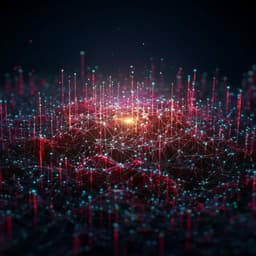
Engineering and Technology
Rapid and flexible segmentation of electron microscopy data using few-shot machine learning
S. Akers, E. Kautz, et al.
Unlock new possibilities in materials science with a flexible, semi-supervised few-shot machine learning approach for automated segmentation of scanning transmission electron microscopy images. This innovative research, conducted by Sarah Akers, Elizabeth Kautz, Andrea Trevino-Gavito, Matthew Olszta, Bethany E. Matthews, Le Wang, Yingge Du, and Steven R. Spurgeon, enhances rapid image classification and microstructural feature mapping for advanced characterization techniques.
~3 min • Beginner • English
Related Publications
Explore these studies to deepen your understanding of the subject.







